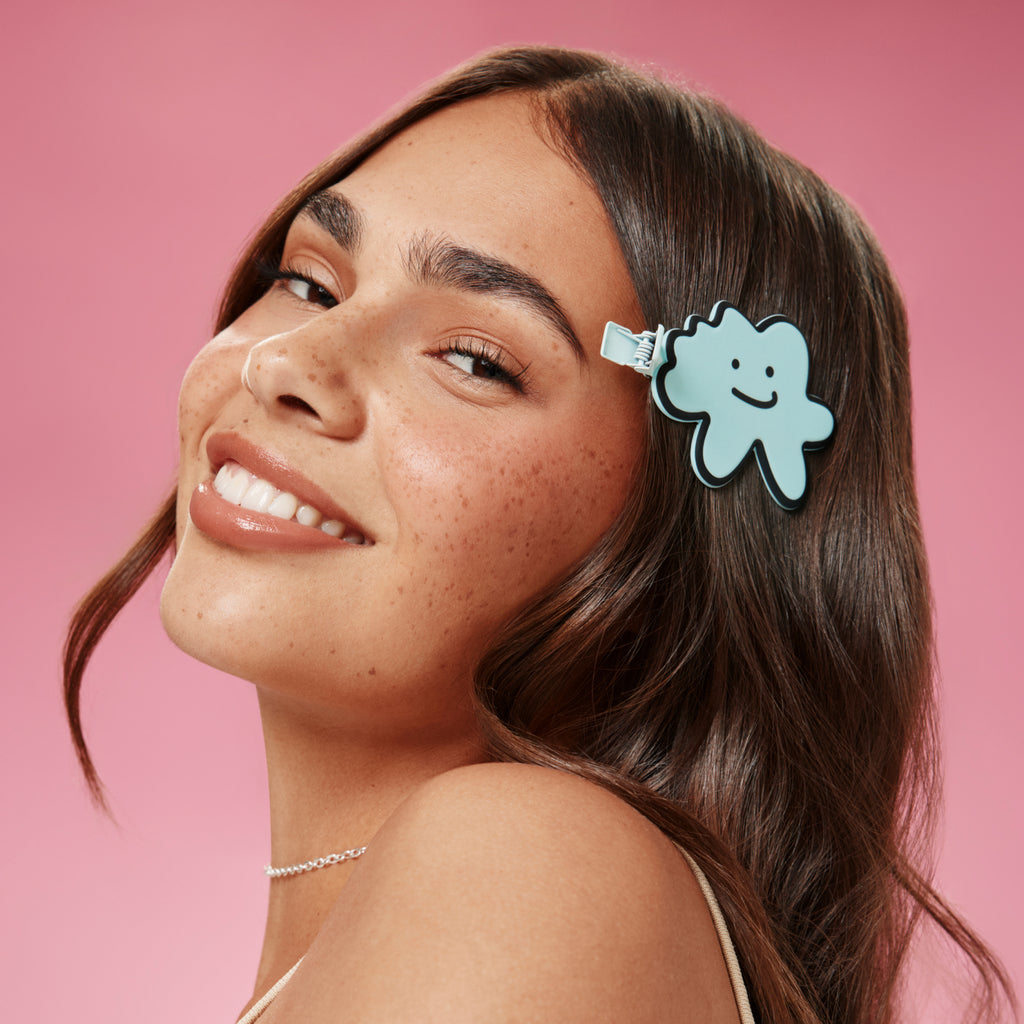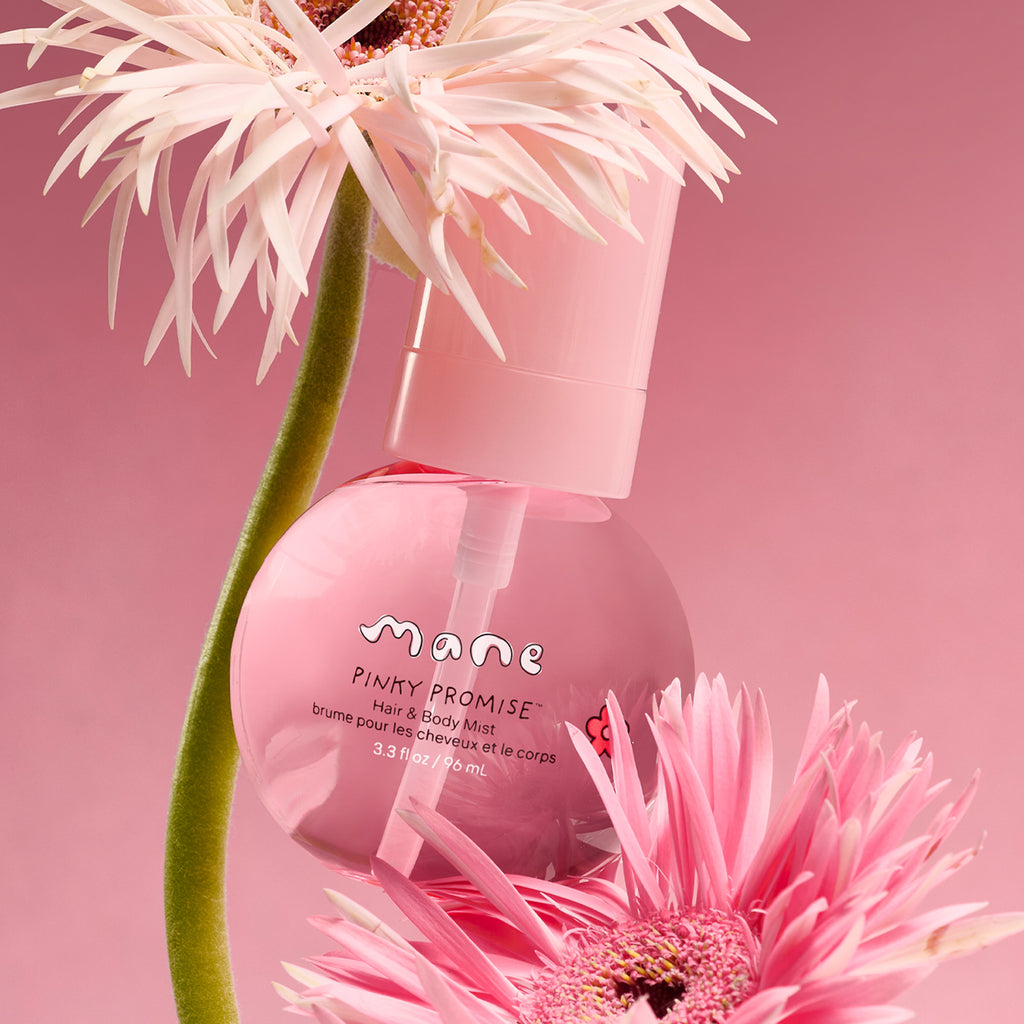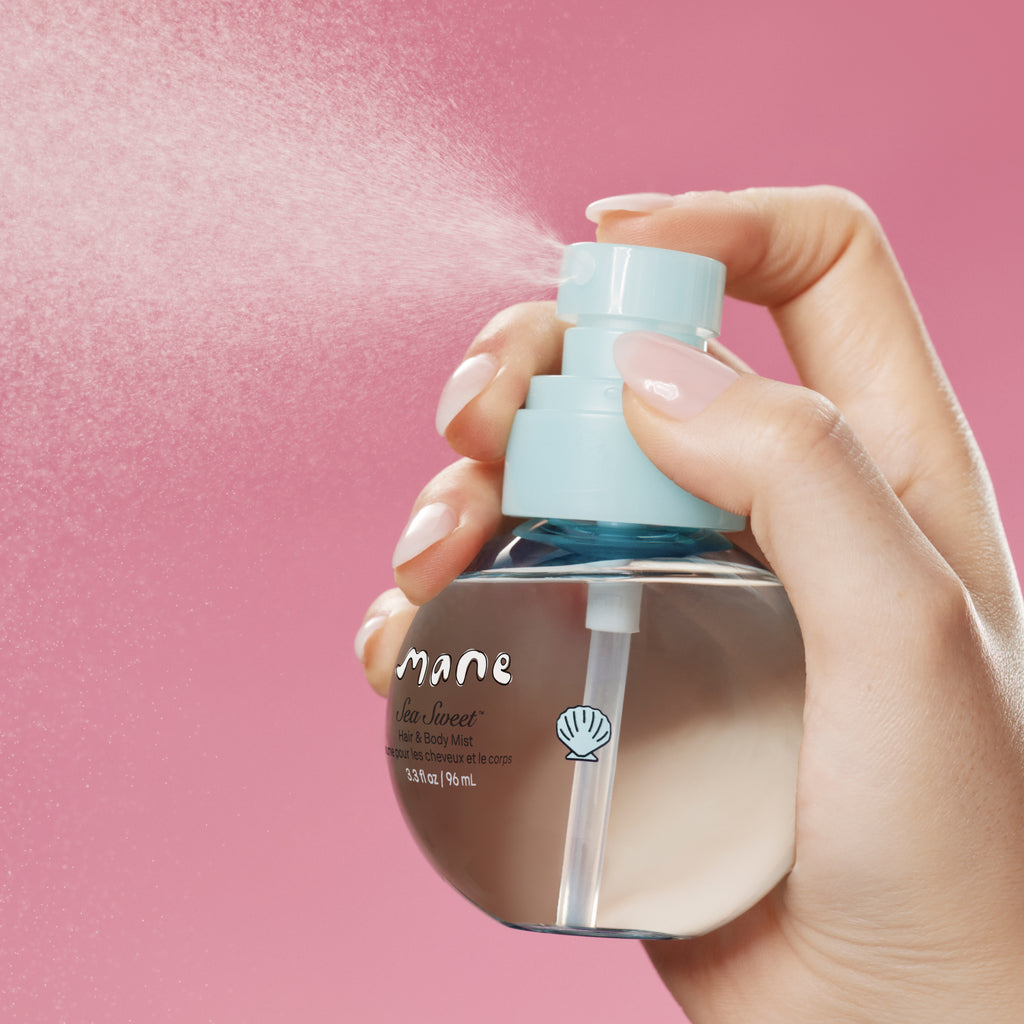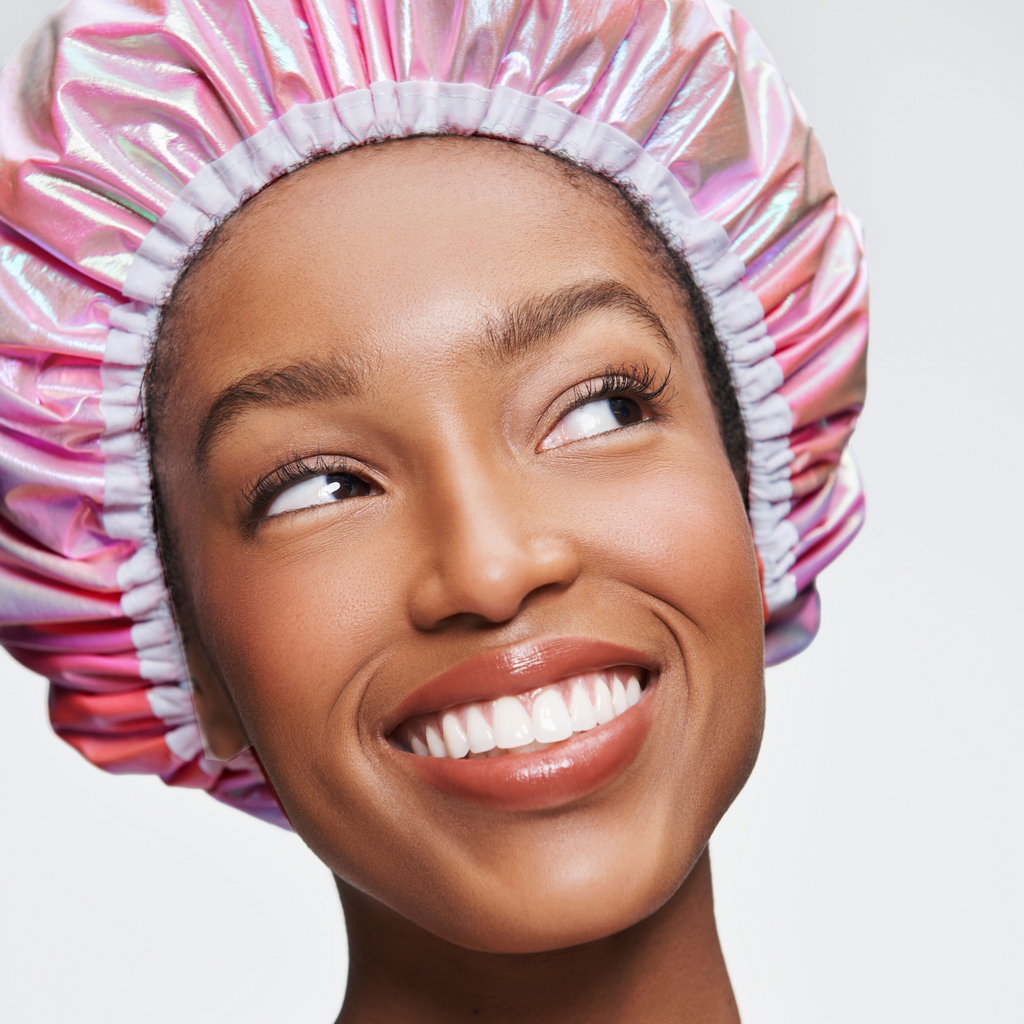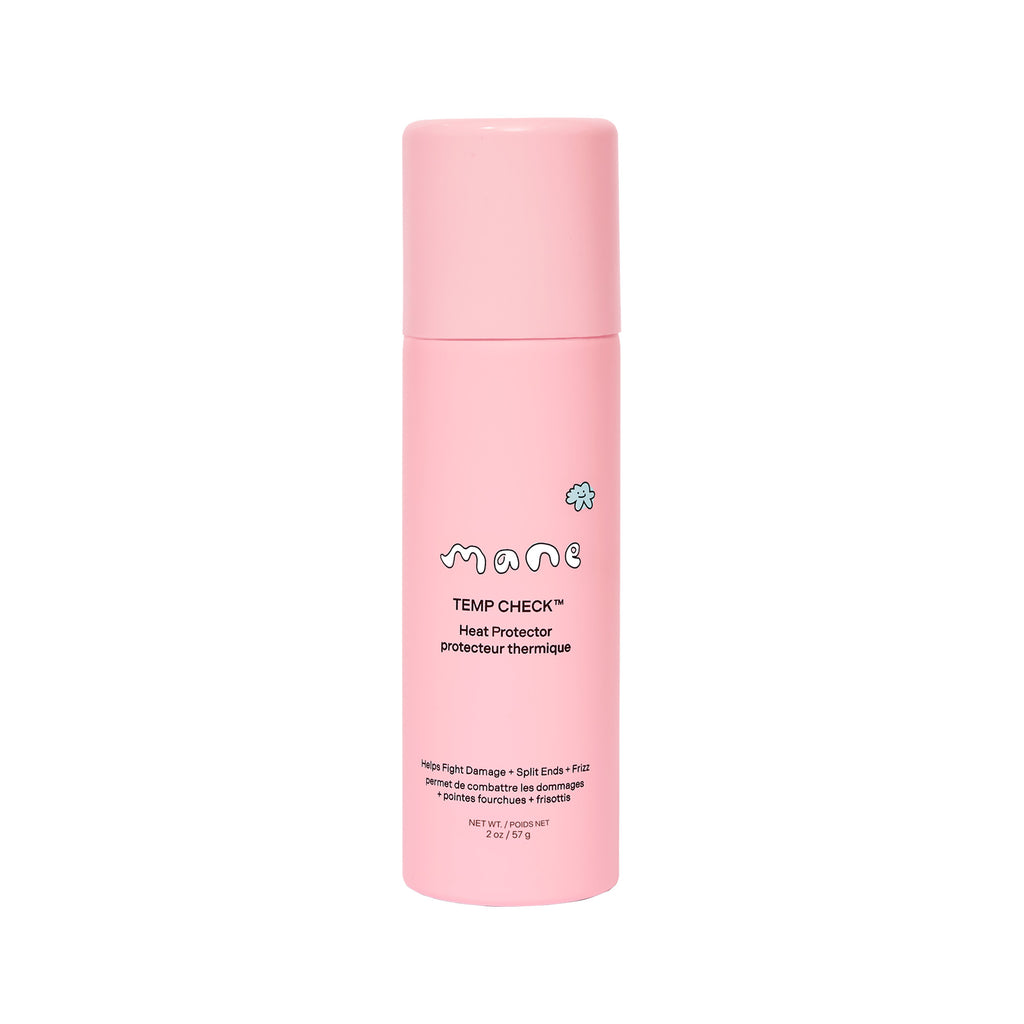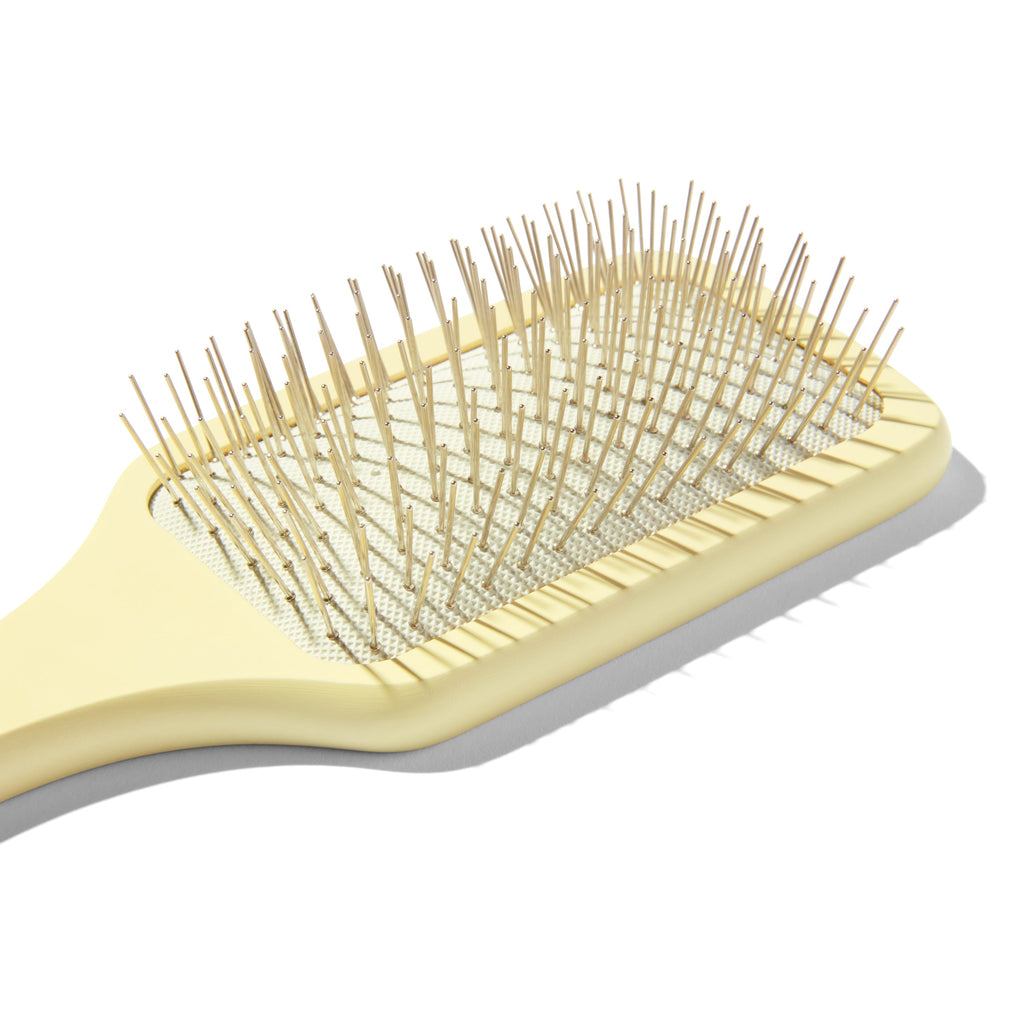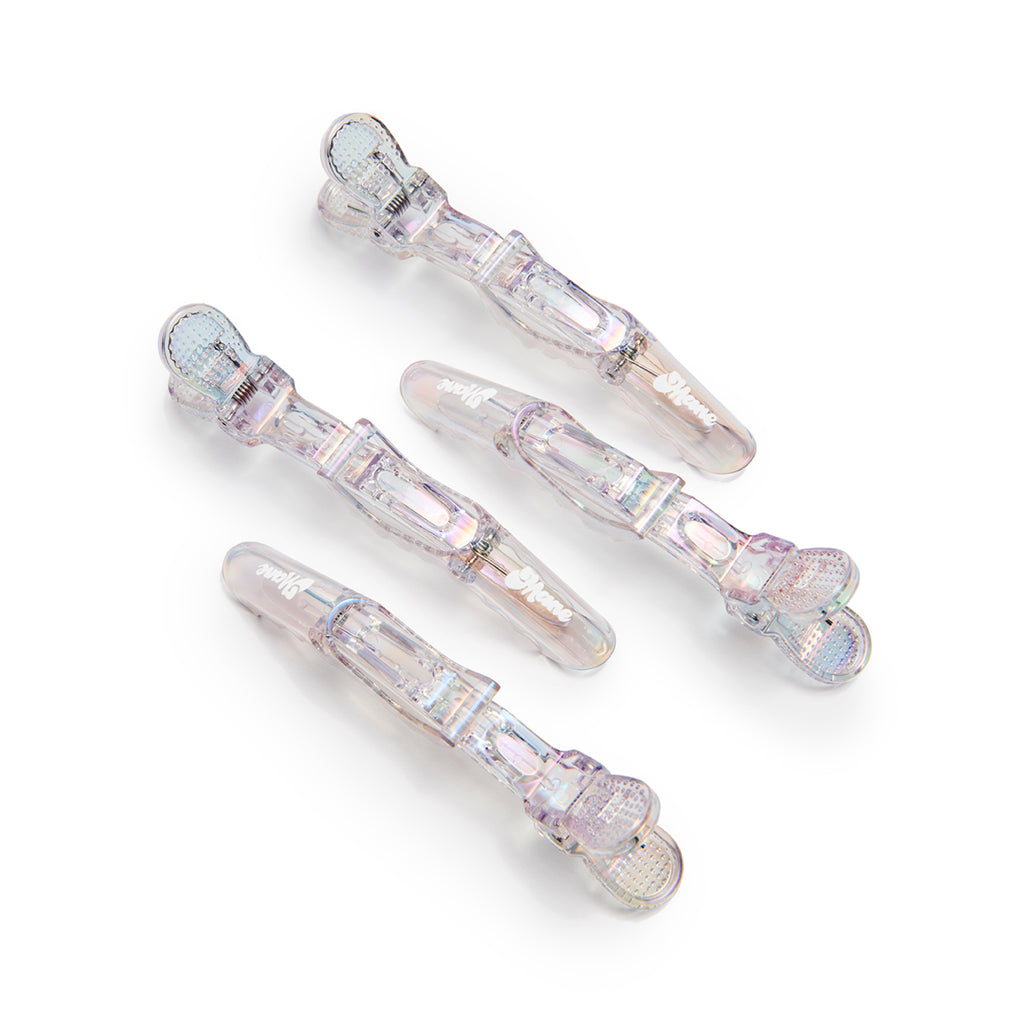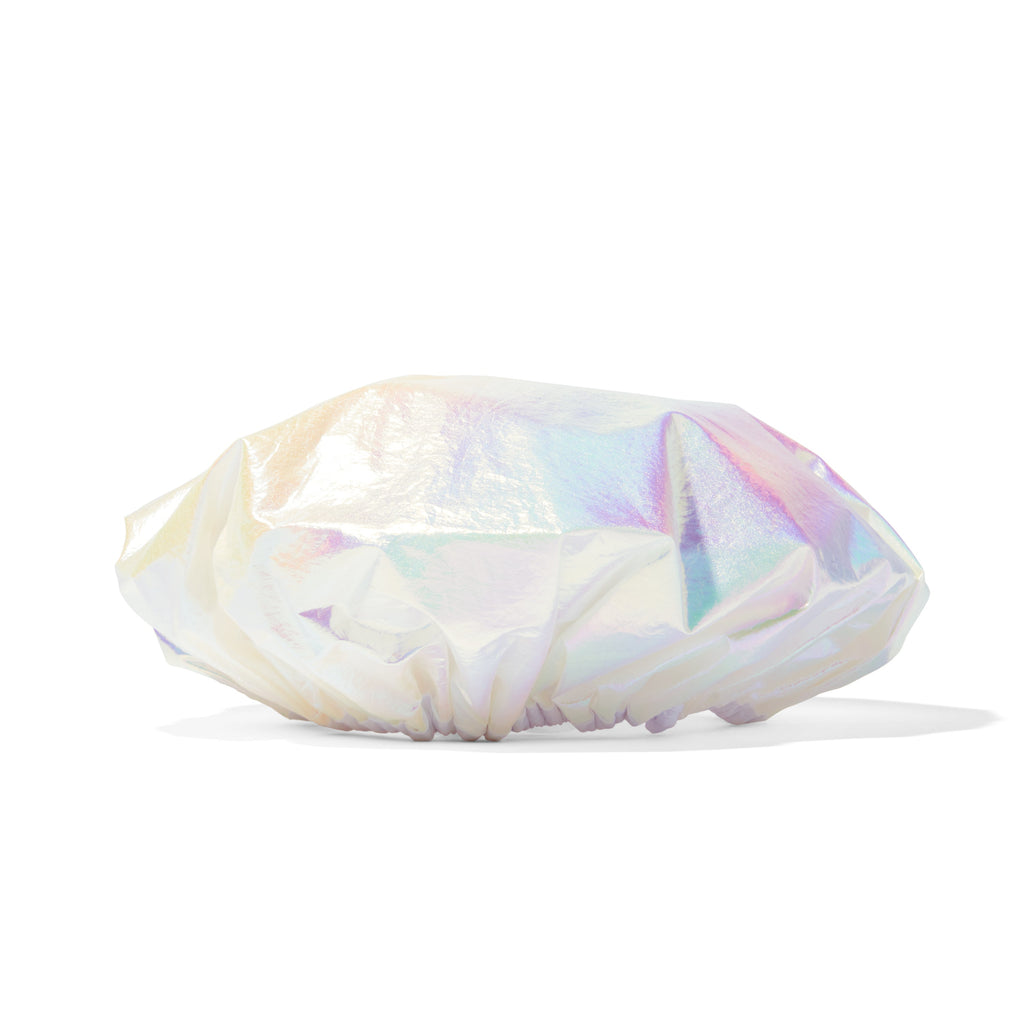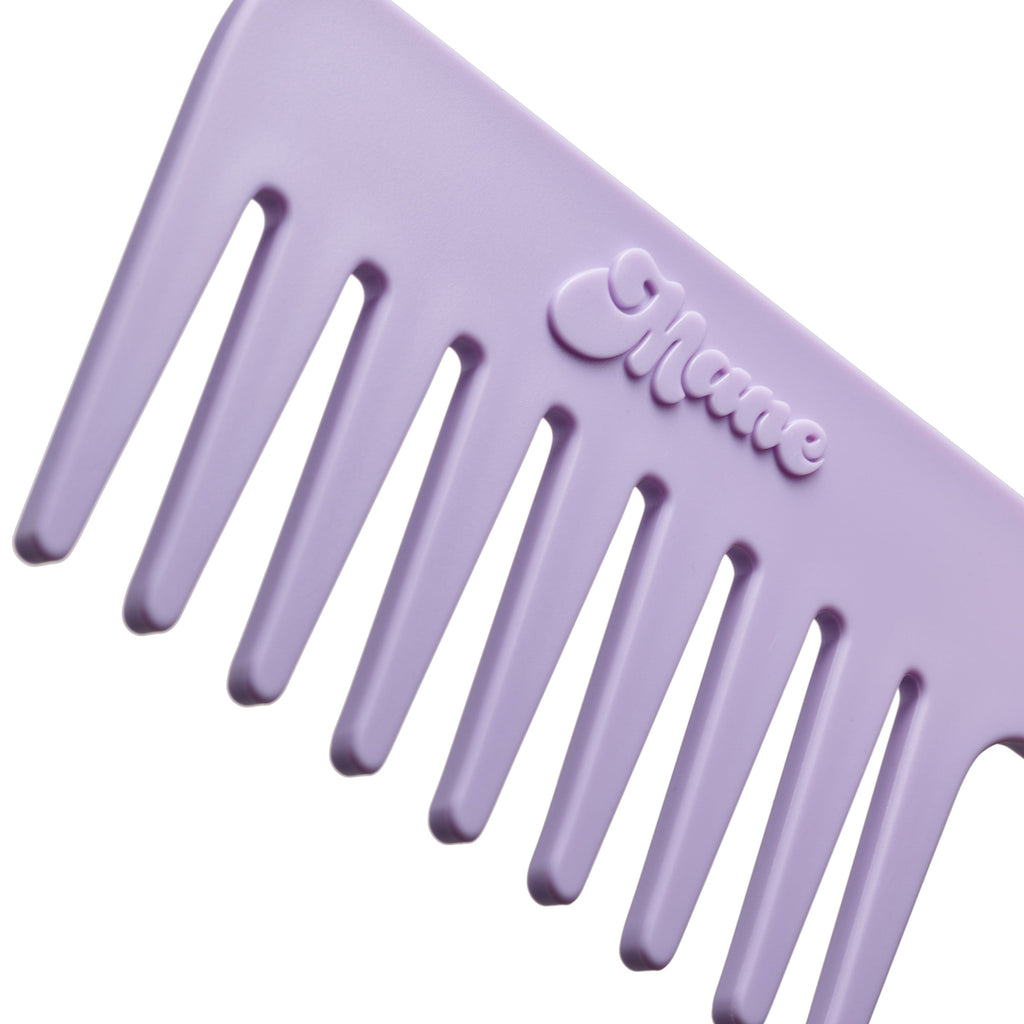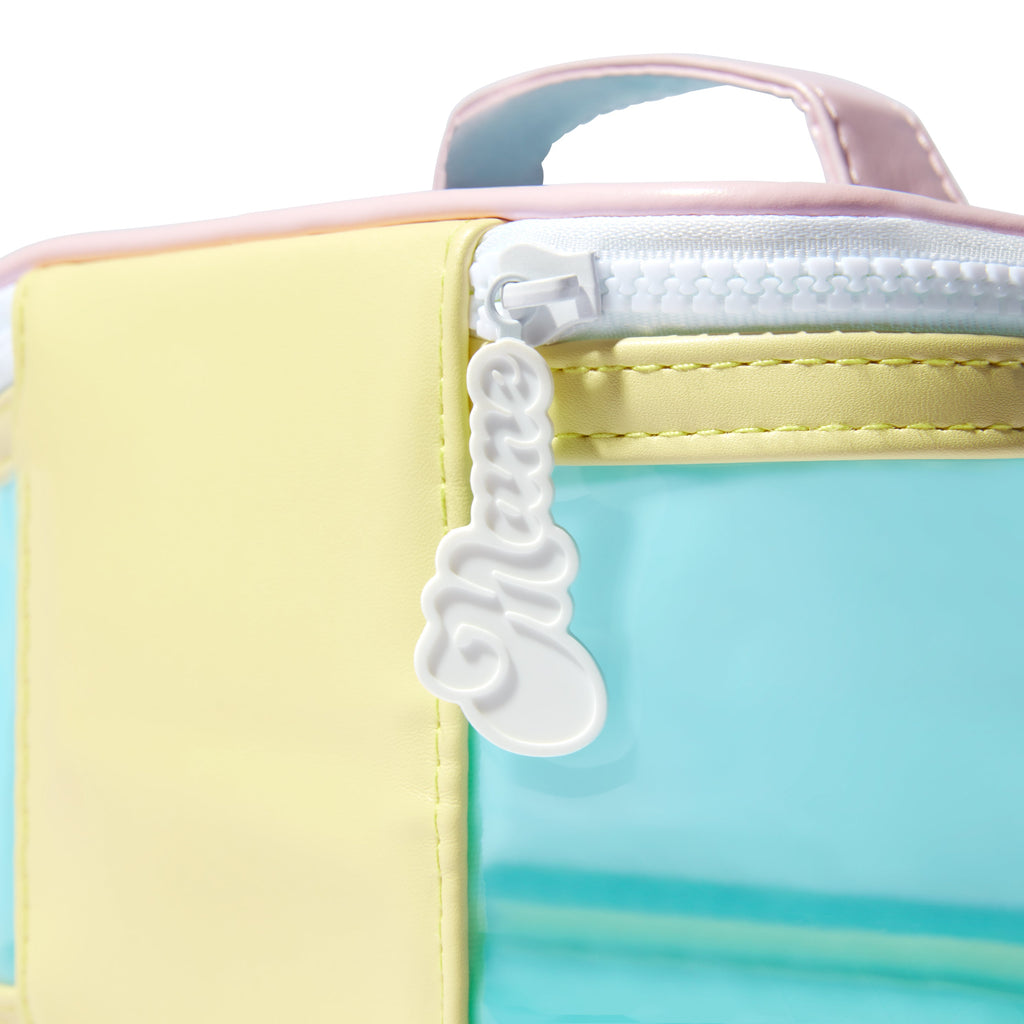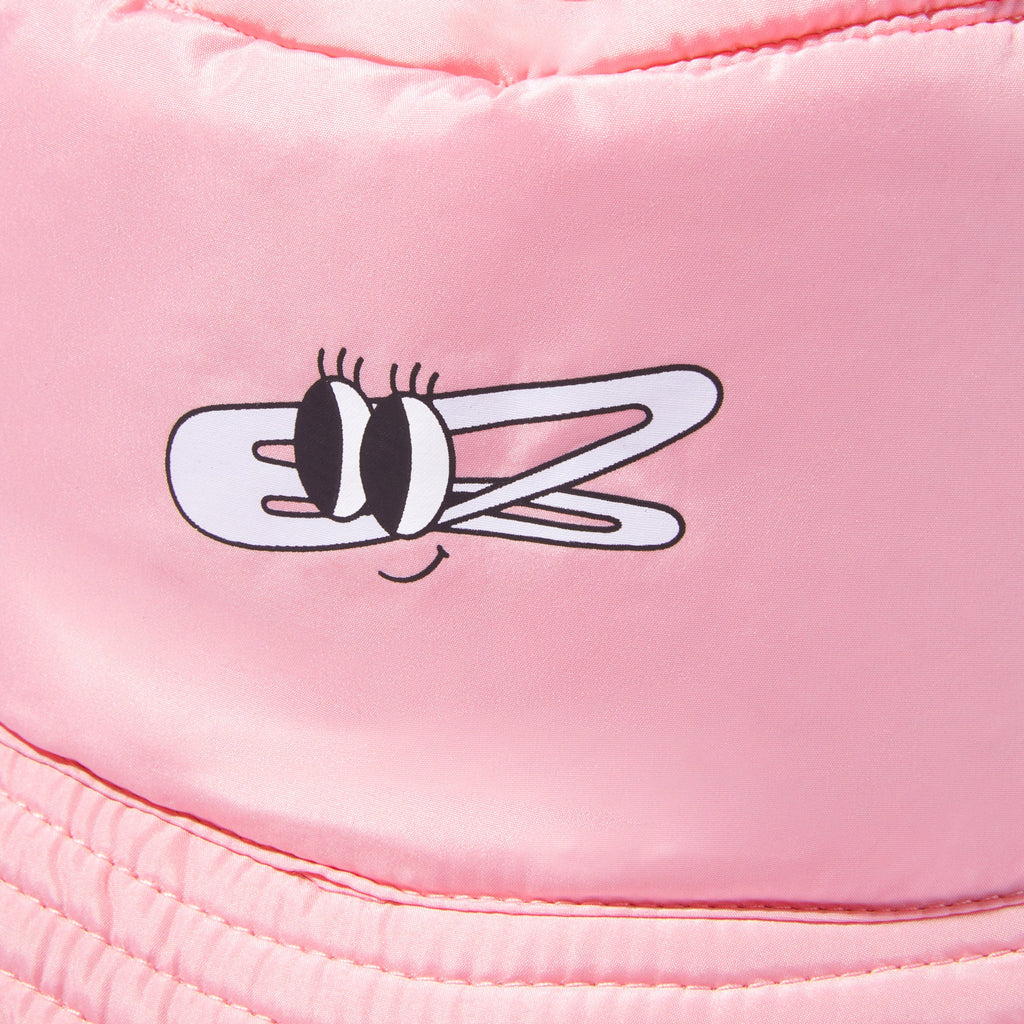When wash day comes around, which isn’t often, you expect your hair and scalp to feel cleansed and refreshed—even if your hair type is oily. The most obvious culprit of greasy roots post-shower is hyperseborrhea, an excessive production of sebum caused by hyperactivity of the sebaceous glands. But one overlooked cause of greasy roots includes the products you’re using. Newsflash: expensive shampoos and conditioners don’t mean you’re giving your scalp what it needs to maintain a normal pH balance. To find out what you’re doing wrong, we tapped certified trichologist and hair colorist, Bridgette Hill. Keep reading as Bridgette debunks the greasy hair dilemma and offers her suggestions for keeping your freshly washed hair fresh-looking after a shower.
I just washed my hair and dried it, but my roots still look greasy—what gives?
Incorrect product choices for hair type and texture such as but not limited to shampoos and conditioners with lots of fillers and waxes create buildup and result in a greasy scalp. Using high-quality hair products that are not made for your hair type and texture can also contribute to greasy hair. Hormonal disruptions, scalp congestion, and poor scalp circulation can also be culprits.
What can I do to address my greasy scalp/hair?
- Finer haired textures suffer more frequently from greasy hair concerns. Generally speaking, clients that experience all could prioritize quality shampoos versus washing hair more frequently. If greasy hair is a concern, here are some quick quality shampoo tips:
- Dry damp hair with a high quality boar bristle brush, beginning at the nape and working up the hair strands towards the top of the head. It’s important to lift the underside of the root.
- Use color applicator bottles to apply shampoo directly onto the scalp in circular motions. Using proper scalp and hair shampoo techniques can help prevent a greasy, overactive scalp.
- Use highly acidic shampoo and conditioners and products used for fine or frequently shampooed hair. I think fined haired clients get the most benefit from shampoos and conditioners that are highly acidic and encourage shine. I find that these give just enough weightless moisture while still flattening the cuticle for intense shine.
- Condition overnight once a week. Sleep in your favorite mask or hair oil on your dirty hair. Shampoo it out in the morning to ensure the fibers of the hair maintain the needed balance of moisture and proteins without weight.
- Use a Clarifying Detoxifying shampoo monthly.
- Use a Clay scalp mask treatment weekly.
- Get pre-scalp treatments to encourage cellular turn over and consistent cellular turn over.
What ingredients should I avoid in my daily care and styling hair products?
Quality shampoos and conditioners are a must for someone battling greasy hair. Avoid heavy cream and wax-based products which can attract more of your natural sebum to cling on to the product, making hair look greasy.
Is it true that brushing my hair/scalp more regularly will make it more greasy?
Brushing or combing the hair brings the oils from the horny layer of the scalp and disburses the sebum throughout the fibers of the hair which makes the hair looks dirtier. It does not make it greasier, it just appears greasier because the brush is moving the sebum from the scalp through the ends of the brush. Also cleaning brushes regularly is necessary.
What supplements or DIY rinses should I incorporate into my beauty routine?
Get in the habit of using weekly pre-scalp treatments, scalp exfoliators, and scalp tonic treatments before shampooing. Infused distilled waters with lemons, rosemary, cucumbers, or chamomile herbal tea. Apple cider vinegar mixed with equal parts water is another awesome option. These are all great hair tonics that express the oils from hair and the remedies flatten the cuticle.
 FREE SHIPPING ON ORDERS $98+
FREE SHIPPING ON ORDERS $98+

